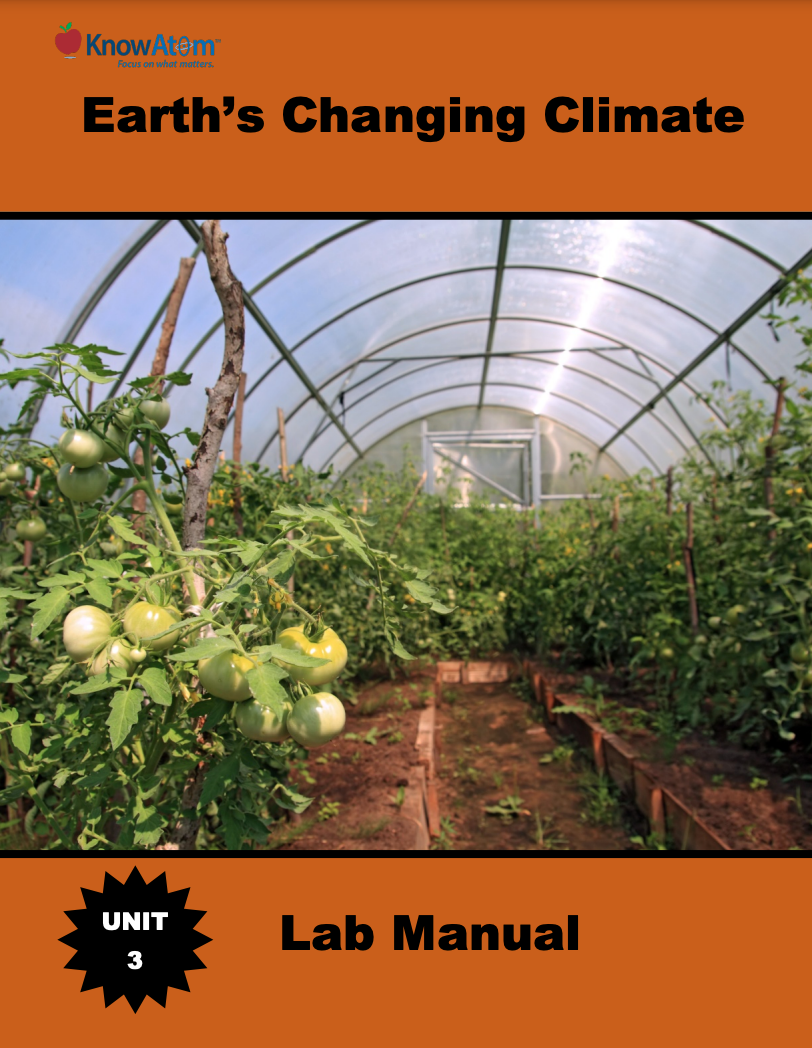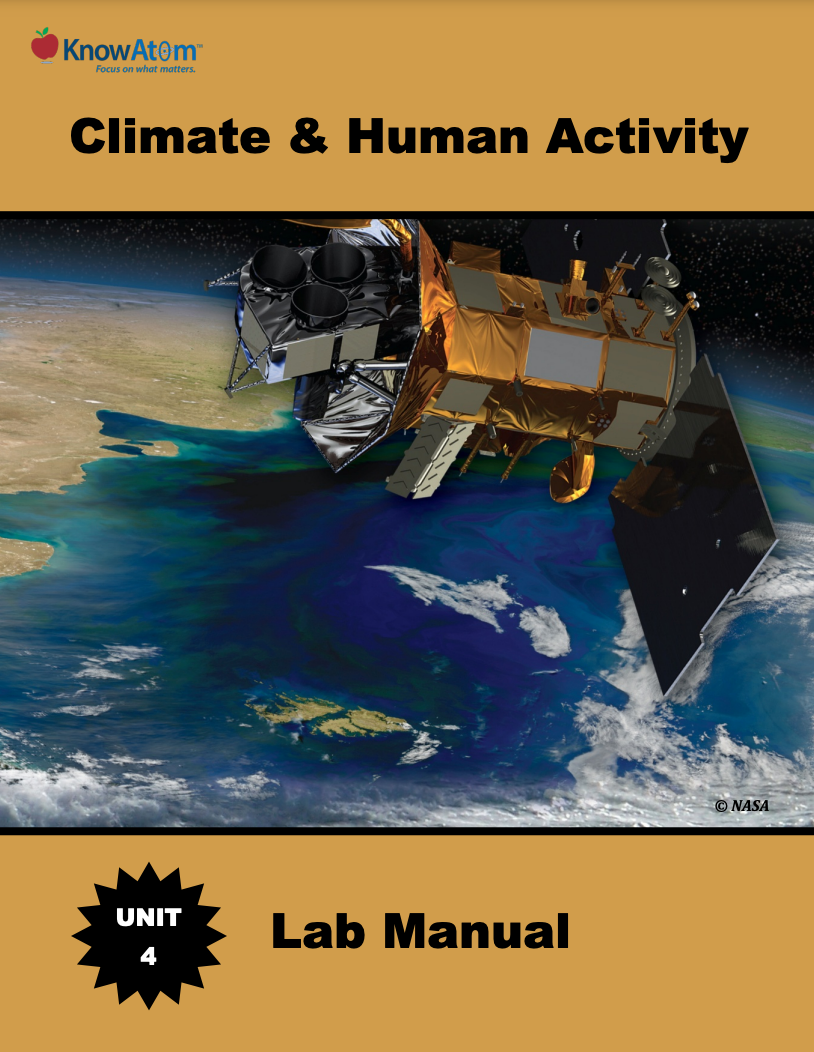.png)
In this unit, students explore the natural processes that cause Earth’s surface to change over time, analyzing how energy causes Earth’s matter to transform and cycle from one form to another. In this lesson, they trace phenomena of how energy is transferred in chemical reactions, which allows scientists to produce ethanol to use as an alternative energy source. This page showcases each component of this lesson.

In this unit, students evaluate how Earth is heated unevenly by investigating how the angle that the sun’s rays hit Earth affects temperatures at different locations. In this lesson, students use their scientific knowledge of phenomena related to global warming and climate to engineer a model greenhouse that reaches a specific temperature. This pages provides a snapshot of this lesson.
.png)
In this unit, students focus on interactions between the hydrosphere and the geosphere as they explore the phenomena of groundwater in human development. For this lesson, they engineer a water filtration device to treat samples of simulated polluted stormwater runoff. This page highlights key components of this lesson.

In this unit, students build on their scientific knowledge about matter, energy, and heat transfer to explore the phenomena of weather and climate. They investigate how the sun powers the global water cycle, which in turn has very local impacts that affect the phenomena of regional climates around the world. They then use that knowledge to figure out and design a technology that solves the problem of drought-related water shortages.
Standards citation: NGSS Lead States. 2013. Next Generation Science Standards: For States, By States. Washington, DC: The National Academies Press. Neither WestEd nor the lead states and partners that developed the Next Generation Science Standards were involved in the production of this product, and do not endorse it.
